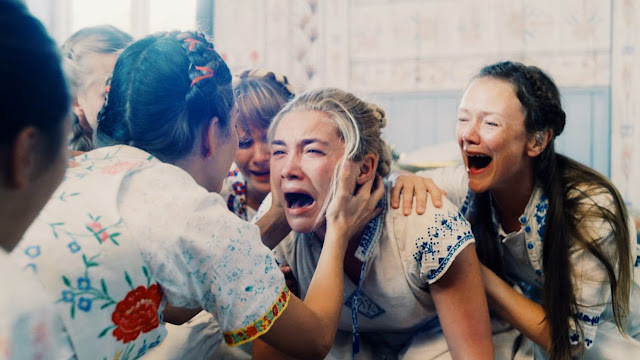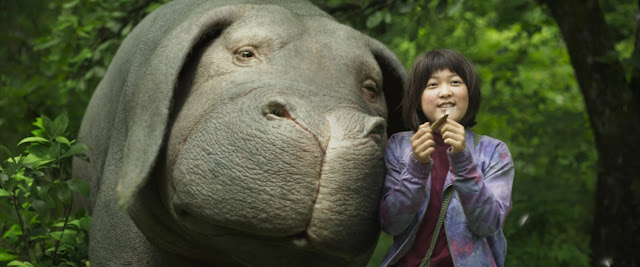Midsommar (2019)
Where do I begin with Midsommar? Where does anyone begin with Midsommar? This is not a film that can be critiqued in any meaningful way. It’s not good or bad. It doesn’t require you to like or dislike it. It’s within the genre of horror, yet it doesn’t illicit any sense of horror in the gruesome, disturbing, and violent images that are shown to us here. I have no earthly idea what Ari Aster was trying to accomplish here. He made one of the best horror films of the past 30 years with Hereditary which showed him to a be a new master architect of terror. Hereditary left me shattered for a about a day or so. Midsommar left me nonplussed and amused. In other words, numb to what you’d otherwise consider to be an exercise in extreme horror, violence, and torture. By the end, I realized that was the entire point. Ari Aster made me watch a horrifying movie without even knowing it.
Like Hereditary, Midsommar’s main focus is on a young woman, Dani, who is stricken with shock and grief. She just lost her sister and parents in a murder-suicide and she’s on the verge of a break up with her pretentious boyfriend, Chris. Knowing of Dani’s unconscionable pain, he seeks to make up with her by inviting her to a guys anthropology trip to Sweden where they can study a pagan commune somewhere in the hills of Halsingland. Once they arrive, they study the the eccentric ways of the natives while getting high on magic mushrooms. However, what they end up finding out along the way is something rather monstrous surrounding the commune. The rituals the natives partake in, so to say, are barbaric and deadly. They would horrify any rational human being and yet the natives find them all to be peaceful and beautiful. Dani, Chris, and their friends can’t believe what they are seeing. They want to run away from the festivities but, slowly, the group ends up succumbing to them. Through prolonged exposure and intake of psychedelic drugs, Dani begins to let go of her sense of pain. Any pain. The pain within herself and the pain of empathy for others. She welcomes the debauchery of gore and human sacrifice and eventually becomes one with the natives as their May Queen.
Ari Aster finds horror in grief. Whereas Hereditary had his characters drown in a never-ending abyss of grief, the characters in this film learn to let go of all of it. Their pain, it seems, is only a state of mind. Pain is what keeps us human. Aster chillingly suggests that our sense of humanity could be altered. By making the scares more matter of fact and placing them all in daylight, he places us, the audience, under that same spell. This is why I wasn’t scared while watching it. That’s an impressive cinematic feat from Aster. Looking back, I somehow think that Aster’s nihilistic message is more resonant today than it was last year: humanity has lost its sense of pain and empathy. Can you blame him for thinking that? We’ve seen it all in 2020 so far. From pandemics and hurricanes to poverty, authoritarianism, and riots, it seems as if our world is totally falling apart and yet we continue to move along. We see the horror right before our eyes and we don’t stop living our lives. We’re all numb to the pain. We’ve all become Dani, smiling in a bed of flowers as the sacred temple burns to the ground. 4 out of 5 stars.




Comments
Post a Comment